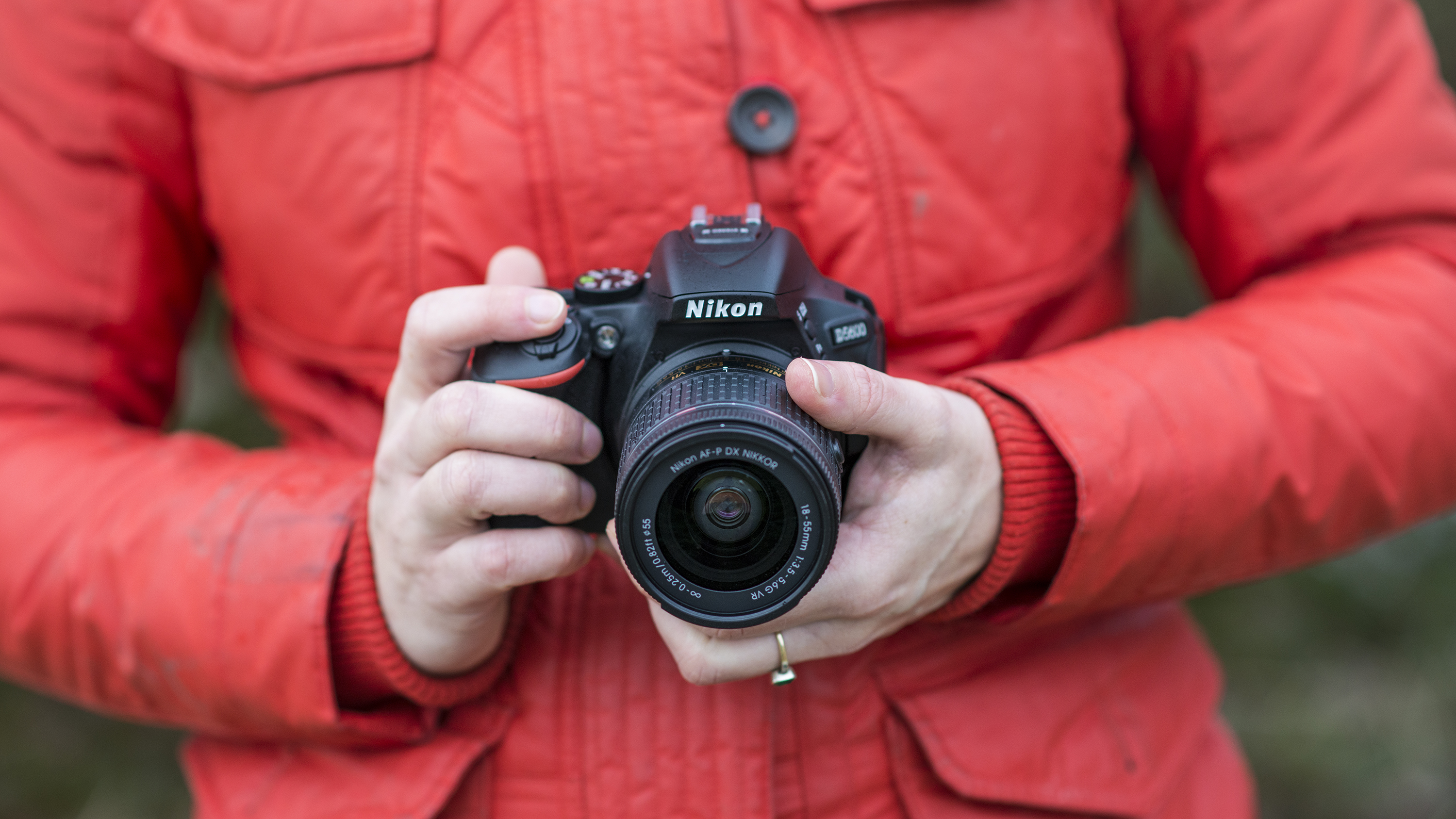Why you can trust TechRadar
Performance
- 5fps burst shooting not as fast as mirrorless rivals
- 820-shot battery life is excellent
- SnapBridge connectivity needs work
The D5600’s Matrix metering system copes well with a range of lighting situations, although you might need to dial in some negative exposure compensation in high-contrast scenes to retain highlight detail, and recover shadow detail in post-processing if necessary.
Alternatively, the D5600’s Active D-Lighting system can be useful in such situations, retaining more detail in both the highlights and shadows when shooting JPEG files.
The D5600’s auto white balance system performed well in a range of lighting conditions, rendering natural-looking results, although under some artificial lighting images can look at touch yellowish, so you may want to opt for one of the dedicated white balance presets.
The burst shooting speed of 5fps is relatively modest by modern standards. Many mirrorless cameras of comparable price and spec are offering considerably more speed in this area, so if action’s your thing this may give you pause for thought.
What a mirrorless camera will struggle to keep up with, however, is the D5600’s battery life
What a mirrorless camera will struggle to keep up with, however, is the D5600’s battery life. Good for 820 shots, it towers over most mirrorless options, with potential rivals like the Panasonic Lumix G95/G90 capable of just 290 shots before you’ll need to recharge or swap batteries. These are both official ratings so in reality it's likely that both cameras will last longer with good power management.
Image quality
- ISO100-25,600
- Creative Effect modes
- No low-pass filter for even more detail
With the same sensor as the D5500 (and pretty much the same one as the D5300), the results from the 24.2MP chip didn’t throw up any nasty surprises when we first reviewed it and it continues to be a good performer, image quality wise.
As you’d expect, with all of those pixels packed onto the sensor, resolution is very good, with the absence of a low-pass filter allowing for intricate details to be recorded (for the best results, though, you’ll need something better than the 18-55mm kit lens), while there’s plenty of scope for decent enlargements too.
Images captured at lower sensitivities appear to be very clean, with little or no noise present. At ISO800 there’s a hint of luminance noise starting to appear in shadow areas, but this doesn’t have a detrimental impact on images, and it’s only at ISO6400 and above that the D5600’s processing starts to really encroach on image quality.
Sign up for breaking news, reviews, opinion, top tech deals, and more.
It’s at ISO6400 that detail begins to suffer, while both luminance and chroma noise become quite pronounced. Beyond that setting, while images remain usable, detail continues to decline, with saturation visibly reduced at the highest sensitivity.

Click here for see the full size image

Click here for see the full size image

Click here for see the full size image
Finally, dynamic range is impressive, with the potential to recover plenty of shadow detail in raw images shot at lower ISOs. This latitude does decrease as you ramp up the camera’s sensitivity, though, with ISO1600 about the limit at which you can expect recovered shadows to stand up to close scrutiny.
Current page: Performance and image quality
Prev Page Build, handling and AF Next Page Verdict and competition
Phil Hall is an experienced writer and editor having worked on some of the largest photography magazines in the UK, and now edit the photography channel of TechRadar, the UK's biggest tech website and one of the largest in the world. He has also worked on numerous commercial projects, including working with manufacturers like Nikon and Fujifilm on bespoke printed and online camera guides, as well as writing technique blogs and copy for the John Lewis Technology guide.

